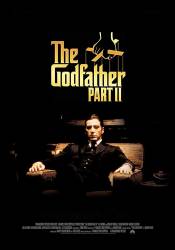
Question: In the flashback of Vito Corleone's return to Corleone, Sicily with his young family, his wife is shown holding a baby in a bonnet in several scenes. On the train he is talking to an older child and calling him Michael. Who is the baby?
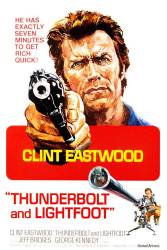
Question: I could swear when I saw it it had a different ending. The one I saw at the end Jeff Bridges dies in the car. And Clint Eastwood pushes him out of the car and leaves him on the side of the road, then drives away. But I can't find anything on that. Has anyone else seen that version?
Answer: You must be thinking of another movie, because as far as I know there is no different ending.
I totally agree with your answer. Sometimes movies do film alternate endings that may be used in different markets (i.e. Europe or Asia). Also, alternate endings are sometimes filmed after a test audience reacts negatively to the original one and they may show up in the DVD or director's cut. I didn't find any indication that another version was ever filmed for this movie.
I concur - I can't find any evidence of this alternate ending existing beyond some people claiming it does. Like other examples (Wizard of Oz ending with a shot of the shoes under Dorothy's bed, etc.) I suspect this is just a false memory, although no doubt some will argue that, trouble is there's no way to prove a negative.
You are absolutely correct. Just watched this film again for the first time since the 70's. Thunderbolt leaves Lightfoot sitting (respectfully) by the roadside before driving off! Hope you come across this comment one day.
Answer: I remember the scene of pushing Jeff Bridges out of the car as well. I recently watched the movie on Cable, and Eastwood just kept on driving with Bridges (dead) slumped in his seat. I could have sworn he pushed him out in some alternate version.
Answer: I saw the film on VHS tape 30 years ago and the ending on the tape had Clint Eastwood throwing Jeff Bridge off the cliff.
Answer: Mandela effect.
Answer: The one thrown out of the car was red pushing his friend out of the trunk of the car after he was shot Clint saw his friend die, and he drove off with him still in the car.
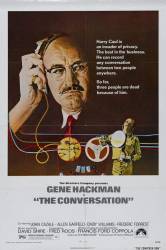
Question: What's the name of the piano solo music which can be heard throughout the movie? Since the movie has no soundtrack, can someone please give me its name and the place where it can be found?
Answer: The Movie has a soundtrack, and that lovely piano solo music is actually the theme song, composed by composer David Shire. You can find it here, on Amazon - http://www.amazon.com/Conversation-David-Shire/dp/B000N4P5XA/ref=pd_bbs_sr_1?ie=UTF8&s=music&qid=1202051411&sr=1-1.
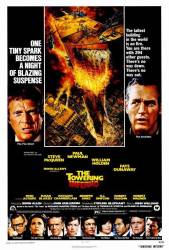
Question: I read that there was a feud between Paul Newman and Steve McQueen. What was the reason behind their feud in the first place?
Answer: Mainly it was about egos (mostly McQueen's) and a professional rivalry, not only as top movie stars, but also as auto racers. McQueen considered himself a superior driver to Newman, even though they never competed against each other. When McQueen was considered to co-star with Newman in "Butch Cassidy and the Sundance Kid," McQueen wanted top billing, then dropped out when he wouldn't receive it, even though Newman was considered the bigger star. In "The Towering Inferno," McQueen supposedly obsessed over how many lines he had compared to Newman.
Expanding on this: McQueen's demand for top billing continued on this film (as did William Holden's, but he was never a serious candidate), which is why the end result was "staggered": McQueen's name was to the left but lower, while Newman's was higher but to the right, so both had top billing depending how one read it (left-to-right, or top-to-bottom). Studies have shown that the name audiences tend to see first is the one on the left, regardless of staggering, so McQueen may have "won" here.
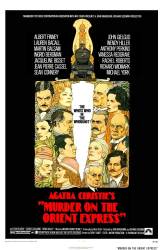
Question: Who was the person Poirot saw wearing the white dressing gown? And why did this person place it in his compartment? To plant "red herrings" like these do not draw attention away from the people on the train, but tells Poirot plain and simple that the murderer did NOT leave the train, but it still on board. So why bother doing it at all, as it only goes against their carefully planned cover story?
Chosen answer: They planted this red herring not to divert Poirot's attention away from them - they were the only passengers on the train - they wanted to divert him from the fact that they were ALL involved in the murder, because they all had a common bond with the child whom the victim murdered. Each one made out like they didn't really know anyone else on the train, but they were all in on it.
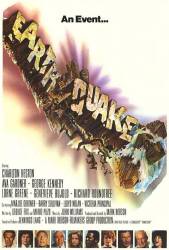
Question: Each time this movie is shown on in Brisbane Australia an important scene is not shown. The deletion is of the airplane landing at the airport and then trying to get air-borne again before the runway is destroyed. Why is this removed?
Answer: There are two versions of the film. A 'film' version which does not include this scene (and others) and a 'TV Miniseries' version. The miniseries version was made to run over two nights and extra scenes were shot to extend the running time.
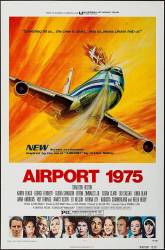
Question: Why is this movie called "Airport"? It is not really a sequel to the original Airport, as Patroni is the only character in both films. Further, the original Airport focused on airport operations. It gave us glimpses of various airport professionals and how they respond to challenges and controversies. That was its appeal. But beyond showing the mobile lounge at Dulles, and it doesn't even introduce us to the pilot, Airport 75 has nothing to do with any airport.
Answer: It's all about branding and marketing. The first Airport film was hugely successful, prompting a sequel. Reusing "Airport" in the title has built-in name recognition that people would immediately associate with the previous film, which helps sell tickets. The movie is part of what became a movie series (four in all) under the collective "Airport" name.
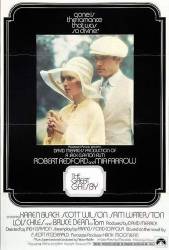
Answer: The baby would be Connie Corleone, sister to Sonny, Fredo, and Michael. She was the youngest child, though Michael was the youngest of the brothers.
raywest ★